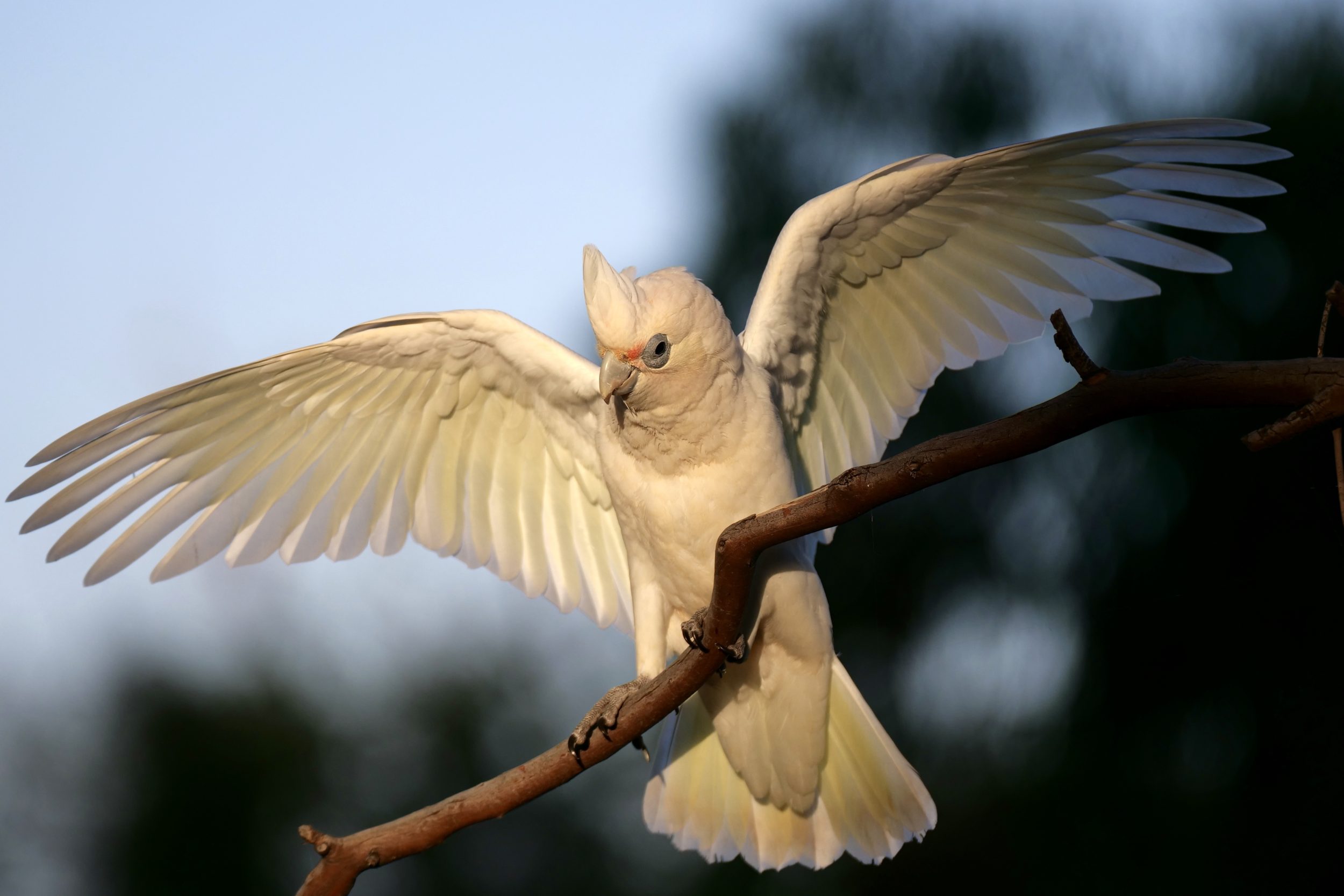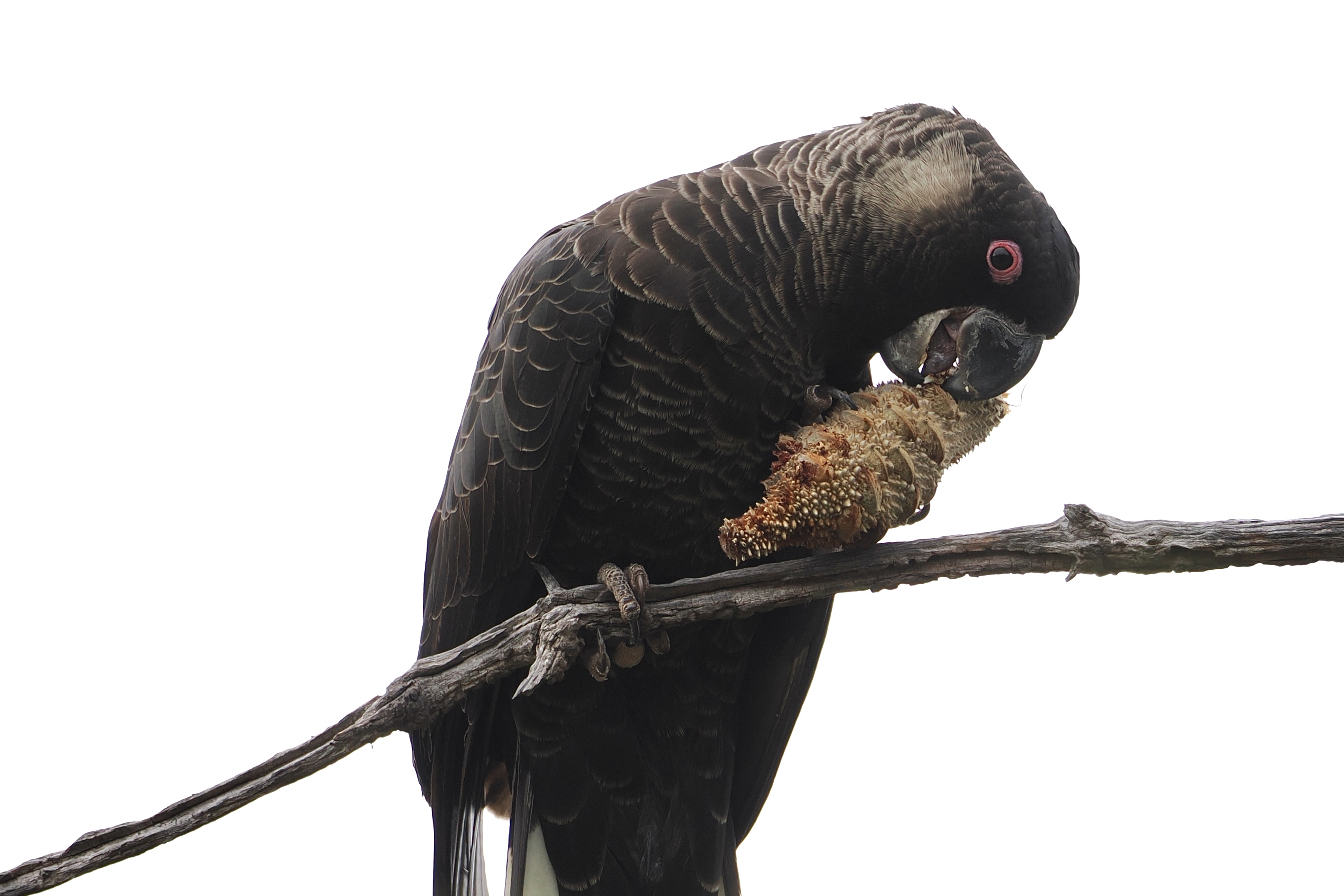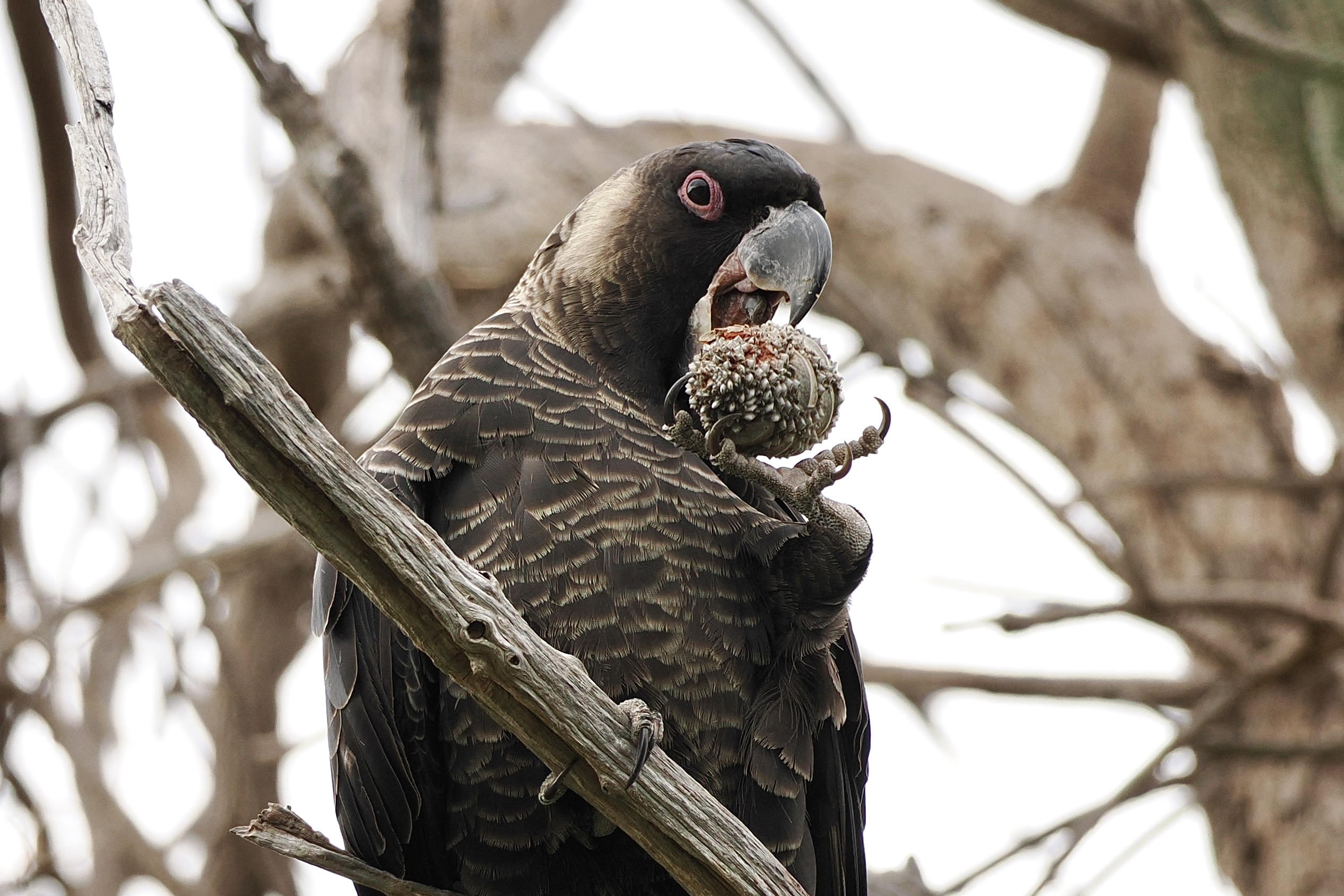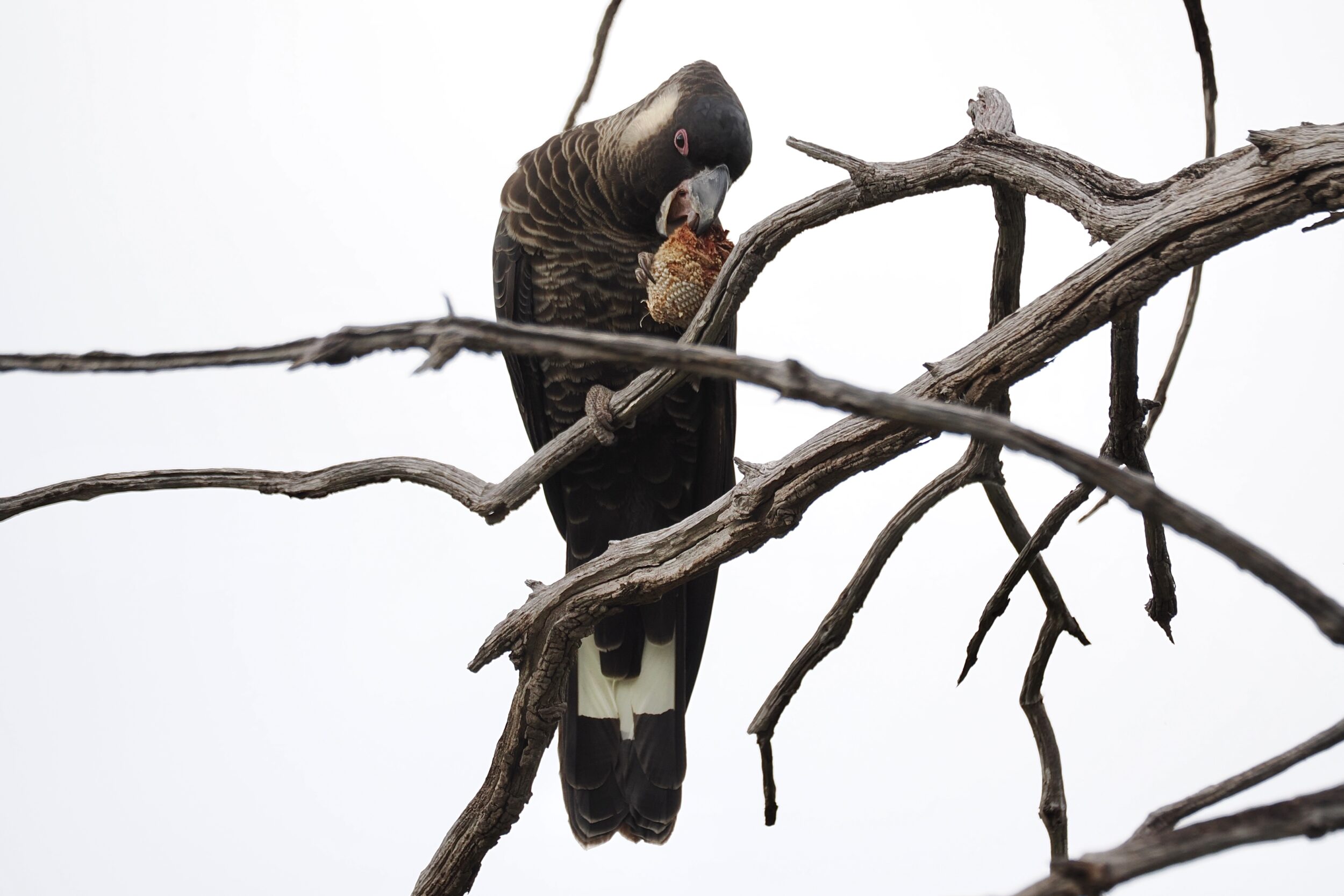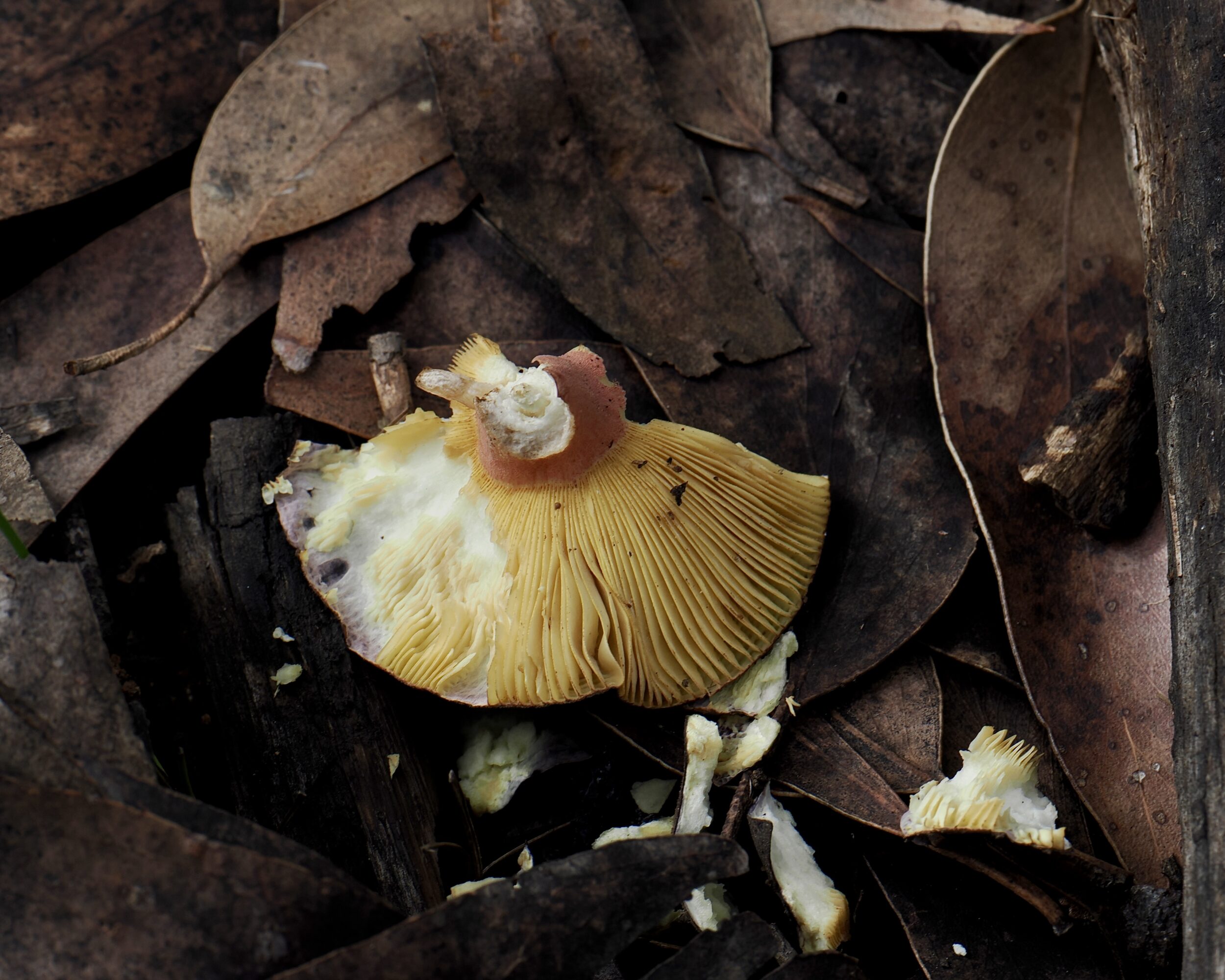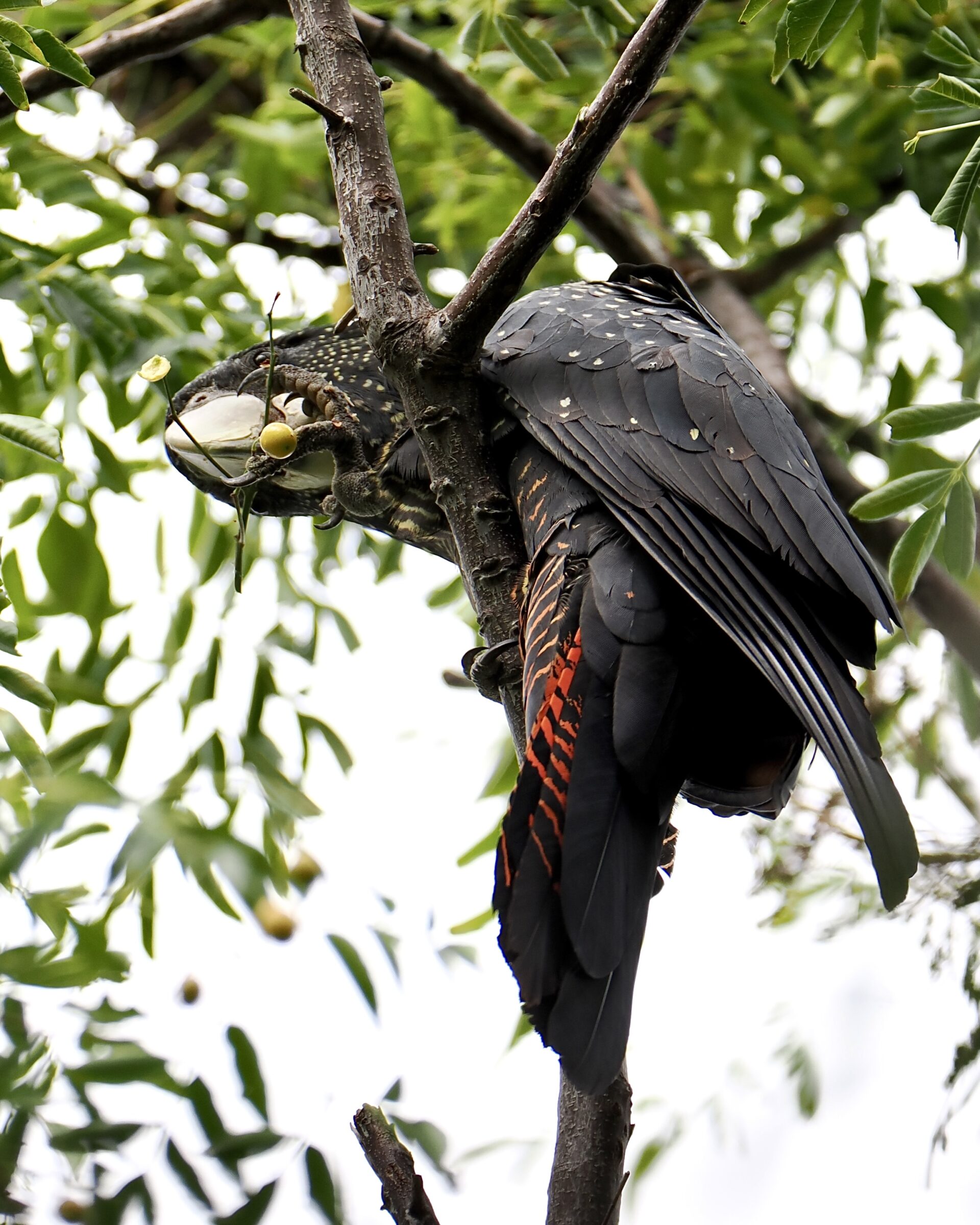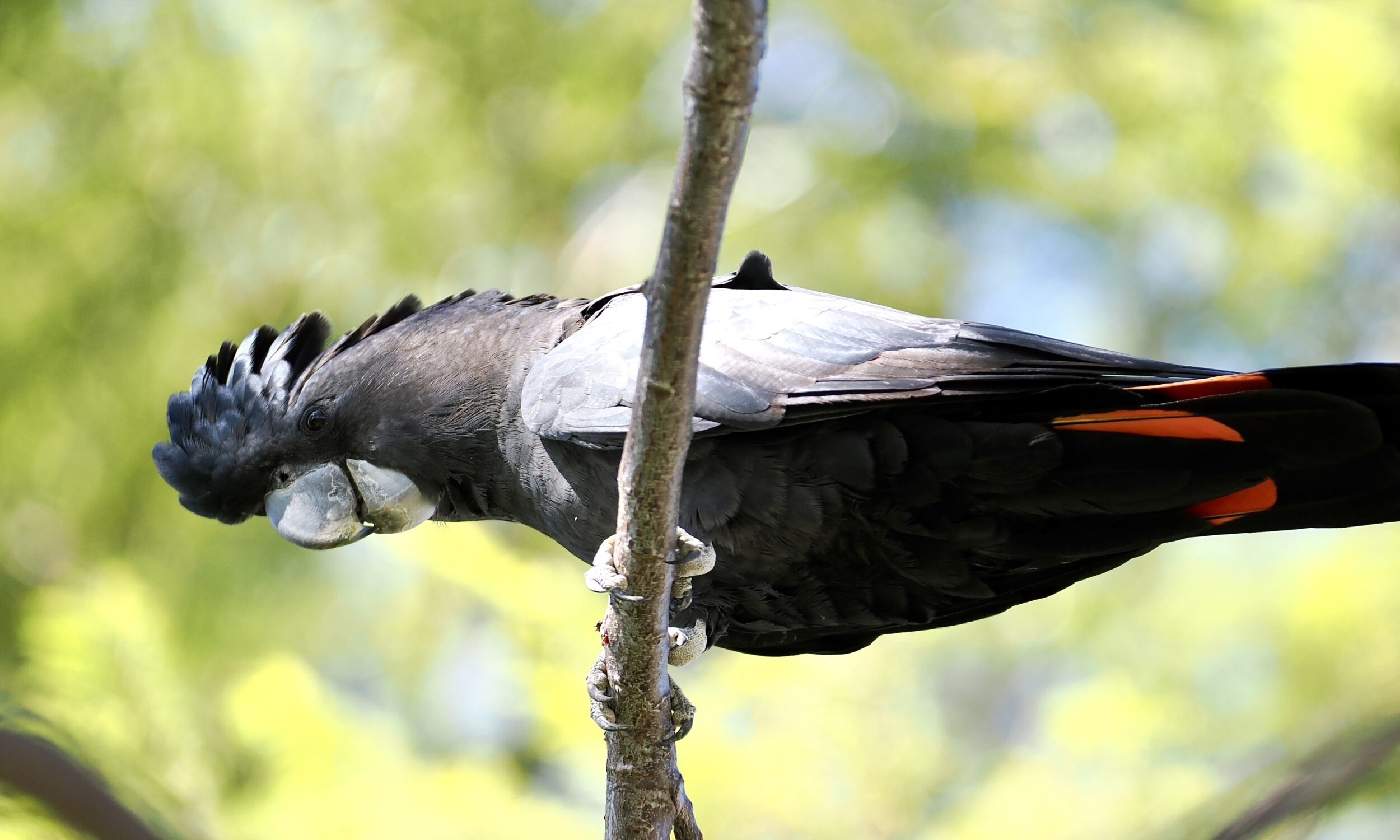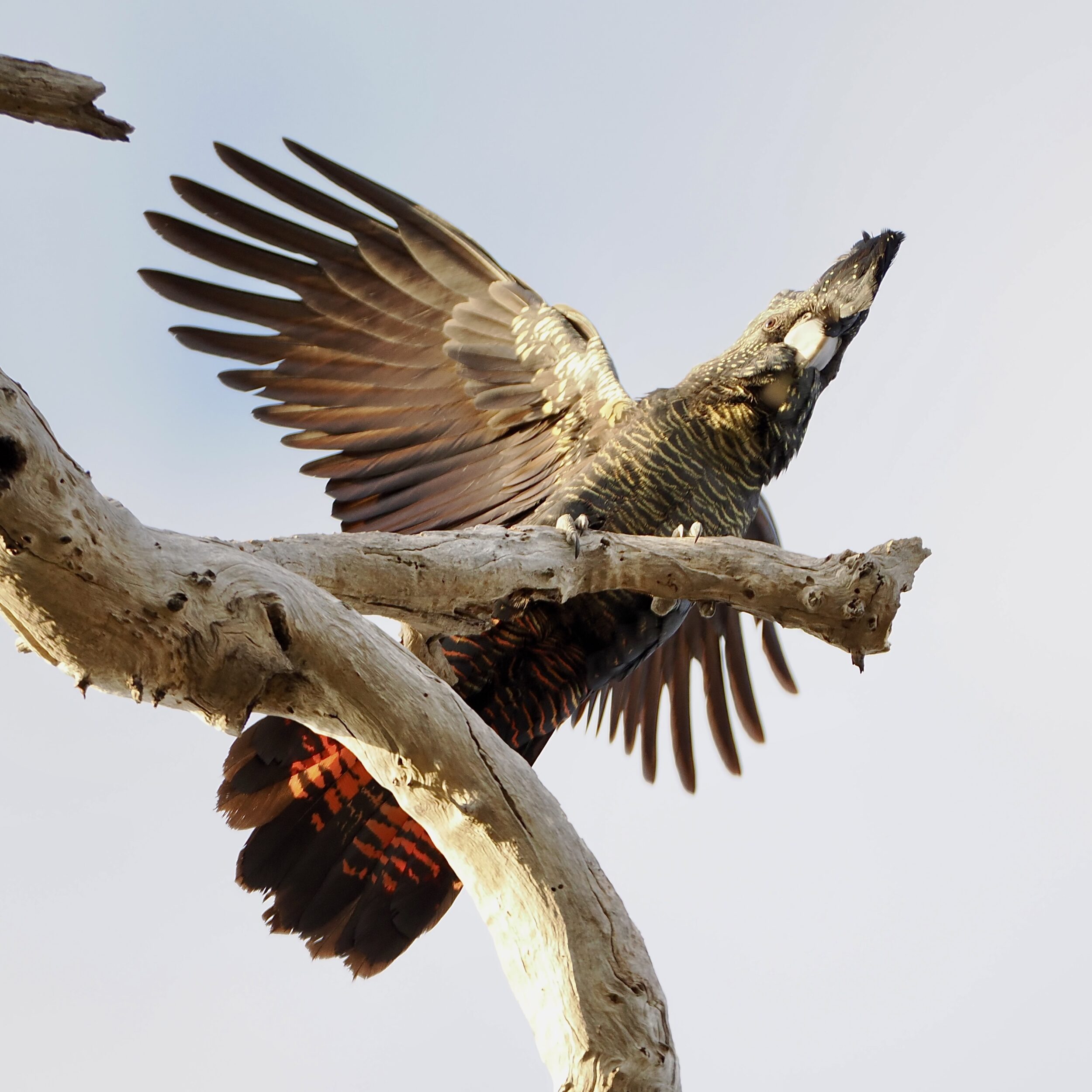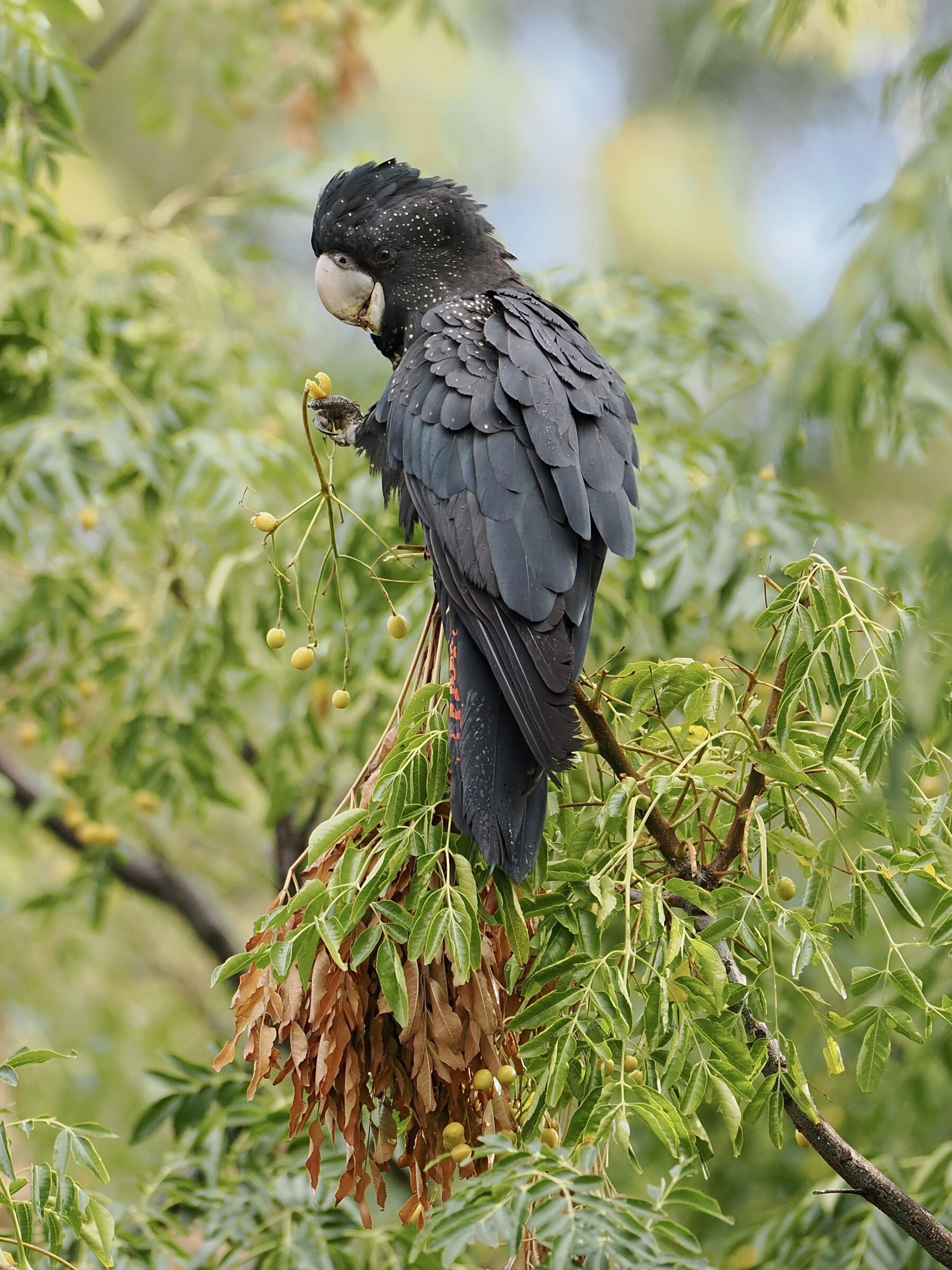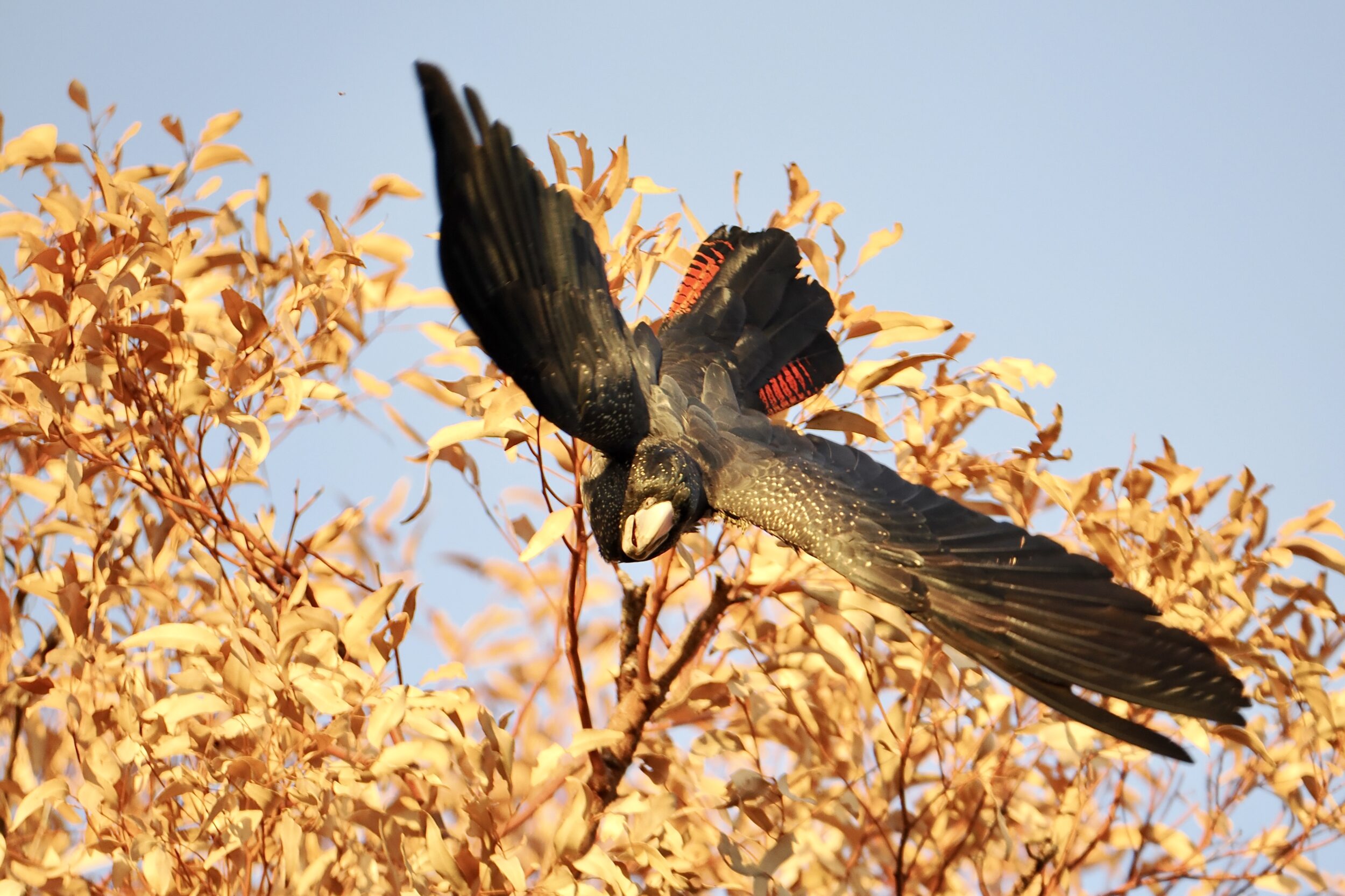If you come across corellas in a big city, chances are excellent that you are in Perth or Adelaide, that there a great many of them, they are making a lot of noise, and you can easily see that they are doing a lot of damage.
It is highly likely that the species in question is Cacatua sanguinea, the Little Corella.
Its Latin/“scientific” name means “bloodstained cockatoo” – a reference to its pink markings, between eye and bill.
This species has proved “too adaptable”.
One Comment